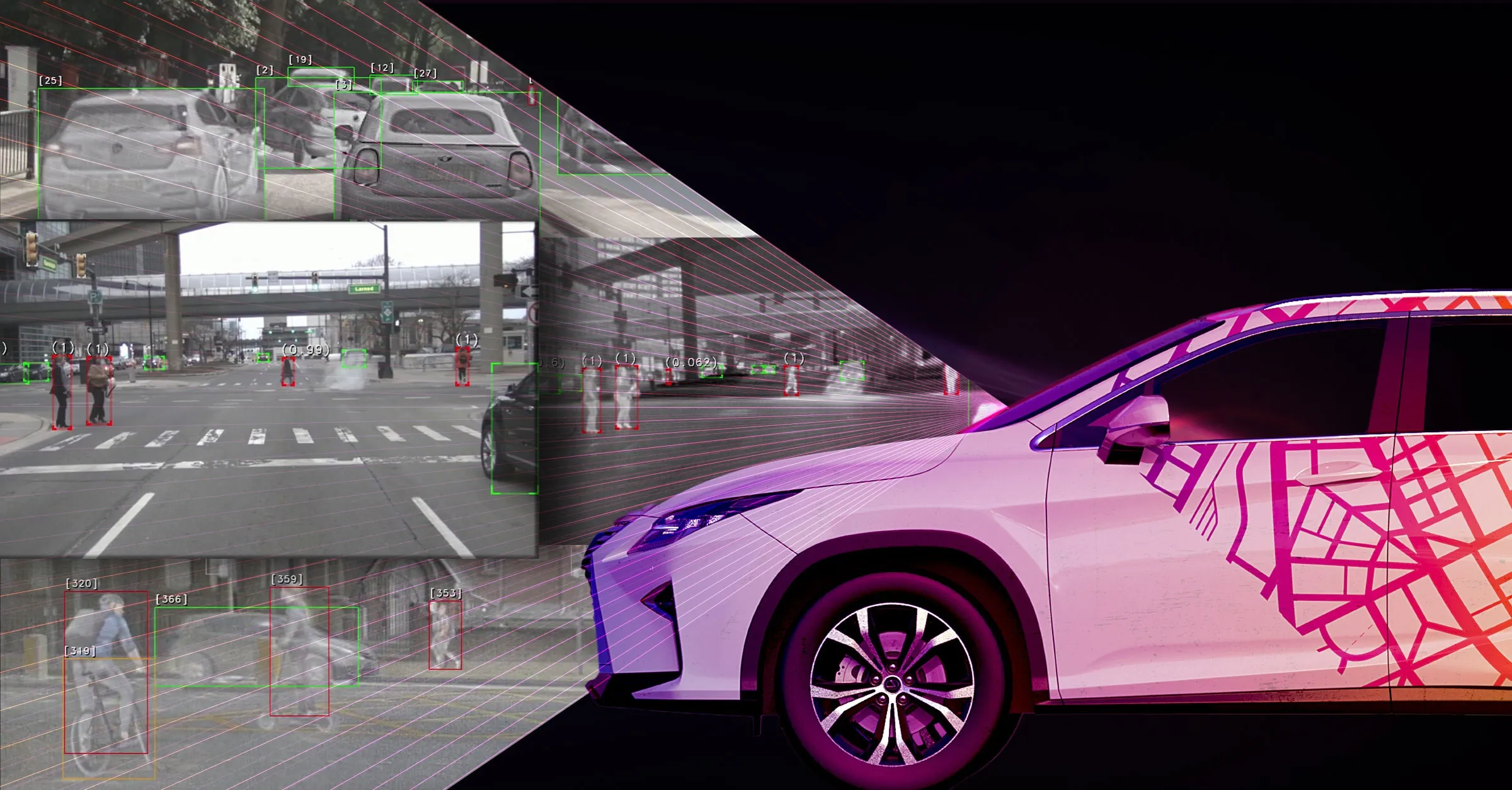Image Sensing Systems (ISS) and its partner Econolite have announced the Autoscope Encore, the next generation of Autoscope. A true multitasking video detection solution, the new device features powerful network browser navigation, comprehensive data collection, internet access via web server, and software development tools to achieve efficiencies and seamlessly integrate with other ITS systems. According to the partners, this offers unparalleled control, security, and immediate data and video access.
January 31, 2012
Read time: 2 mins

Encore sensors feature what is claimed as a unique lens aperture as part of a newly designed housing assembly that provides the best video detection possible in all weather and lighting conditions while reducing unit weight and end-to-end footprint by nearly 50 per cent. According to Ken Aubrey, president and CEO of Image Sensing Systems, "By simplifying installation and leveraging a new high-integrity enclosure design, Autoscope Encore represents an environmentally secure video detection platform upgrade, providing convenient integration with virtually any network while at the same time reducing overall visual obtrusiveness." Autoscope Encore products will be primarily sold in the North American market, for which Econolite is the exclusive marketing partner for ISS.








